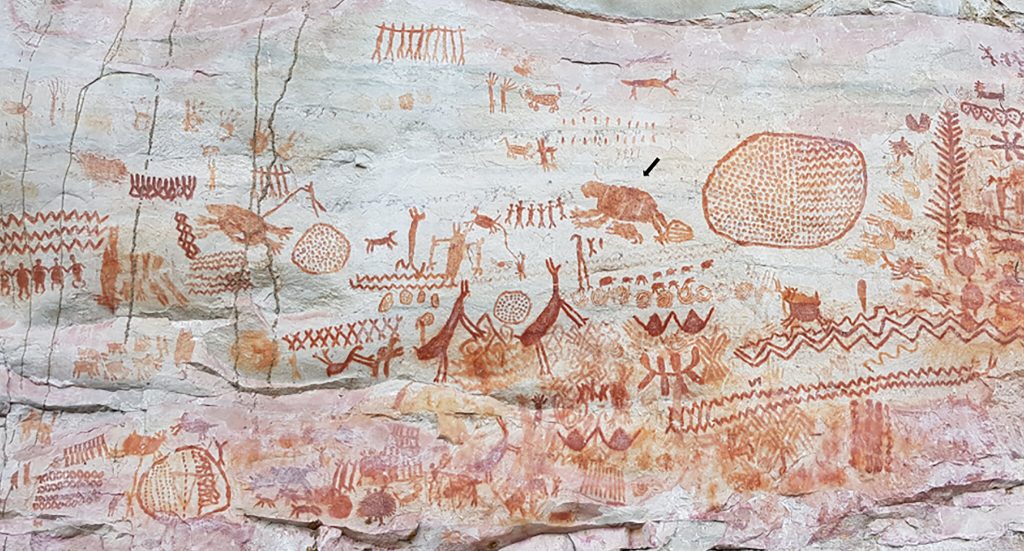Controversial rock art may depict extinct giants of the ice age

Sign up for CNN’s Wonder Theory science newsletter. “They encountered these large-bodied mammals and they likely painted them. And while we don’t have the last word, these paintings are very naturalistic and we’re able to see morphological features of the animals,” he said.But the discovery of what scientists term “extinct megafauna” among the dazzlingly detailed paintings is controversial and contested. Other archaeologists say the exceptional preservation of the paintings suggest a much more recent origin and that there are other plausible candidates for the creatures depicted. For example, the giant ground sloth identified by Iriarte and his colleagues could in fact be a capybara — a giant rodent common today across the region. The hope is to directly date the red pigment used to paint the miles of rock, but dating rock art and cave paintings is notoriously tricky. Ocher, an inorganic mineral pigment that contains no carbon, can’t be dated using radiocarbon dating techniques. The archaeologists are hoping the ancient artists mixed the ocher with some kind of binding agent that will allow them to get an accurate date. The results of this investigation are expected possibly later this year. Further study of the paintings could shed light on why these giant animals went extinct. Iriarte said no bones of the extinct creatures were found during archaeological digs in the immediate area — suggesting perhaps they weren’t a source of food for the people who created the art. The research published in the journal Philosophical transactions of the Royal Society B on Monday.


